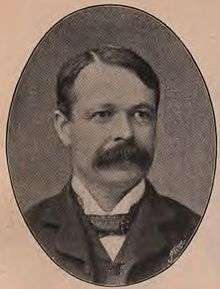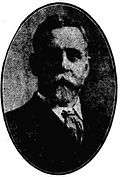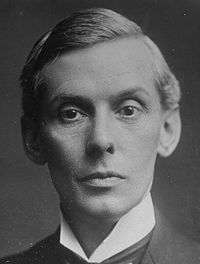Hoxton (UK Parliament constituency)
Hoxton was a borough constituency centred on the Hoxton district of London. It returned one Member of Parliament (MP) to the House of Commons of the Parliament of the United Kingdom, elected by the first past the post system.
History

Hoxton in the Metropolitan area, boundaries 1885-1918
The constituency was created by the Redistribution of Seats Act 1885 for the 1885 general election, and abolished for the 1918 general election.
Boundaries

A map showing the wards of Shoreditch Metropolitan Borough as they appeared in 1916
The constituency was created in 1885, as a division of the parliamentary borough of Shoreditch in the East End of London. The area was administered as part of the Tower division of the county of Middlesex.
The division consisted of the Church, Hoxton, Moorfields and Wenlock wards.
In 1889 there were administrative changes. The territory of the constituency was severed from Middlesex and included in the new County of London. The lower tier of local government in the area continued to be administered by parish vestries and local boards of works.
In 1900 local government in London was rationalised. The civil parish of St. Leonard, Shoreditch became part of a larger Metropolitan Borough of Shoreditch.
In the redistribution of parliamentary seats in 1918, the Metropolitan Borough of Shoreditch constituted a single parliamentary division of Shoreditch. The Hoxton division was abolished.
Members of Parliament
Election results
Elections in the 1880s
Elections in the 1890s

James Stuart
Elections in the 1900s

Henry Ward
Elections in the 1910s

C. Addison
References




